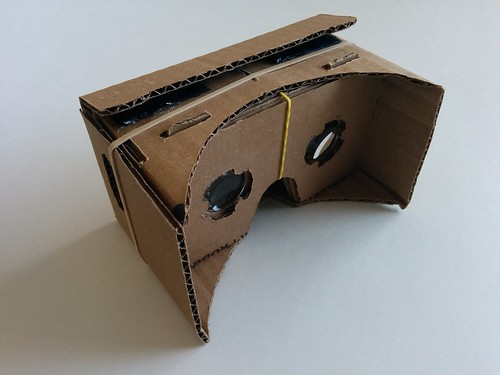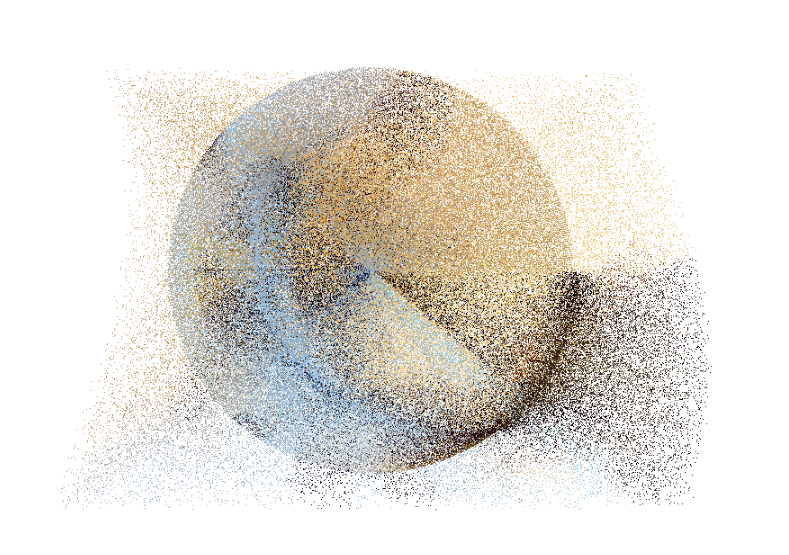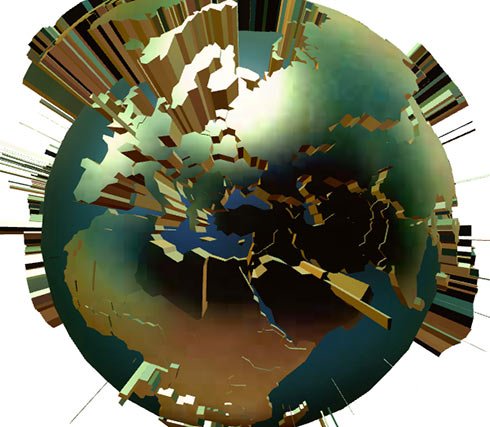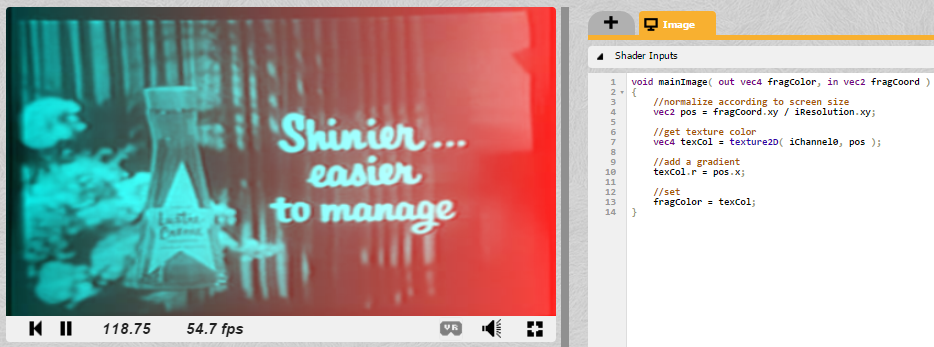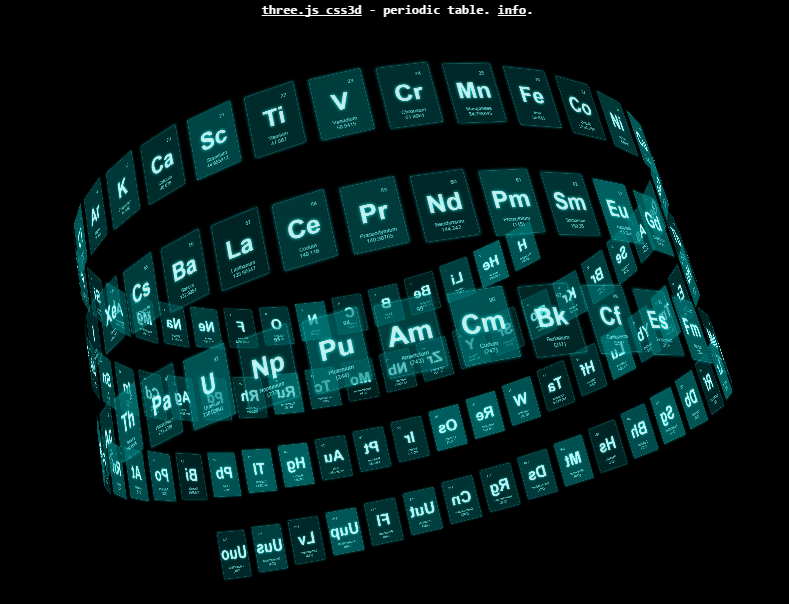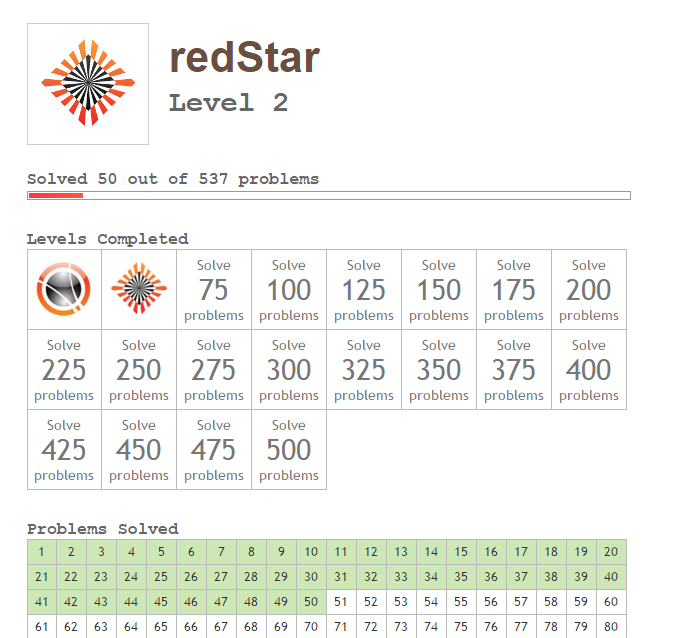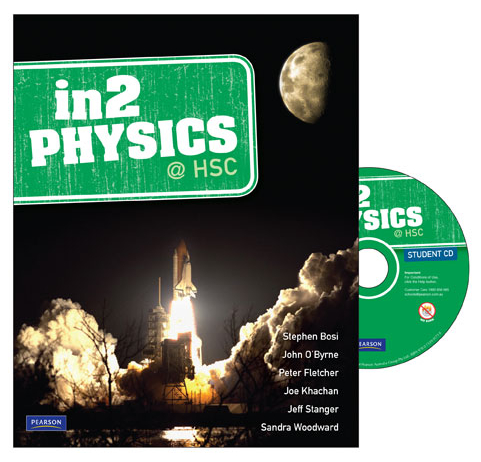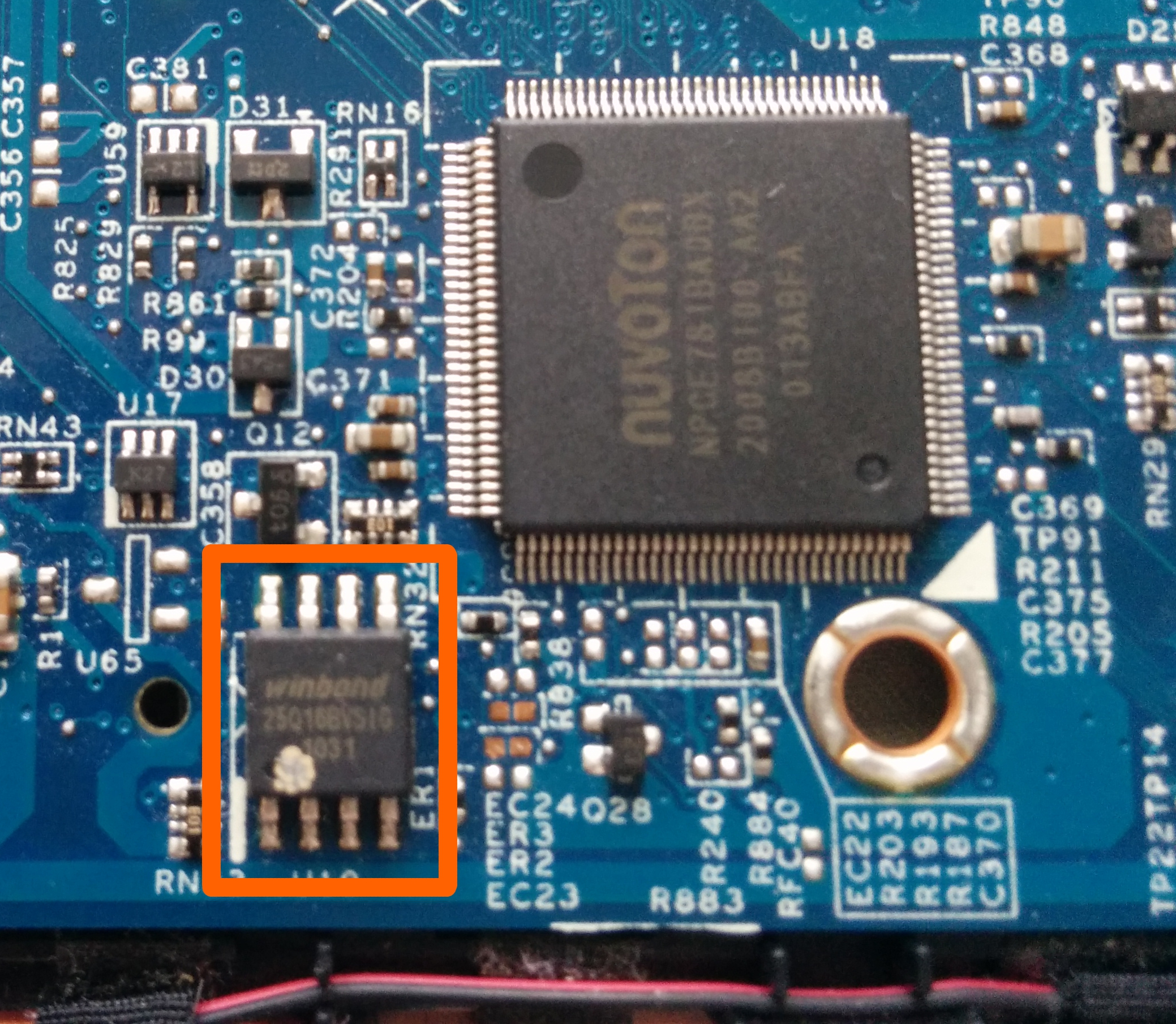Finished some e-books I had been chugging at on and off:
Dive Into Python 3, by Mark Pilgrim
- great for leveling up your Python chops
Interactive Data Visualizations for the Web, by Scott Murray
- great introduction to D3.js
Both are awesome resources for learning their respective topics!
